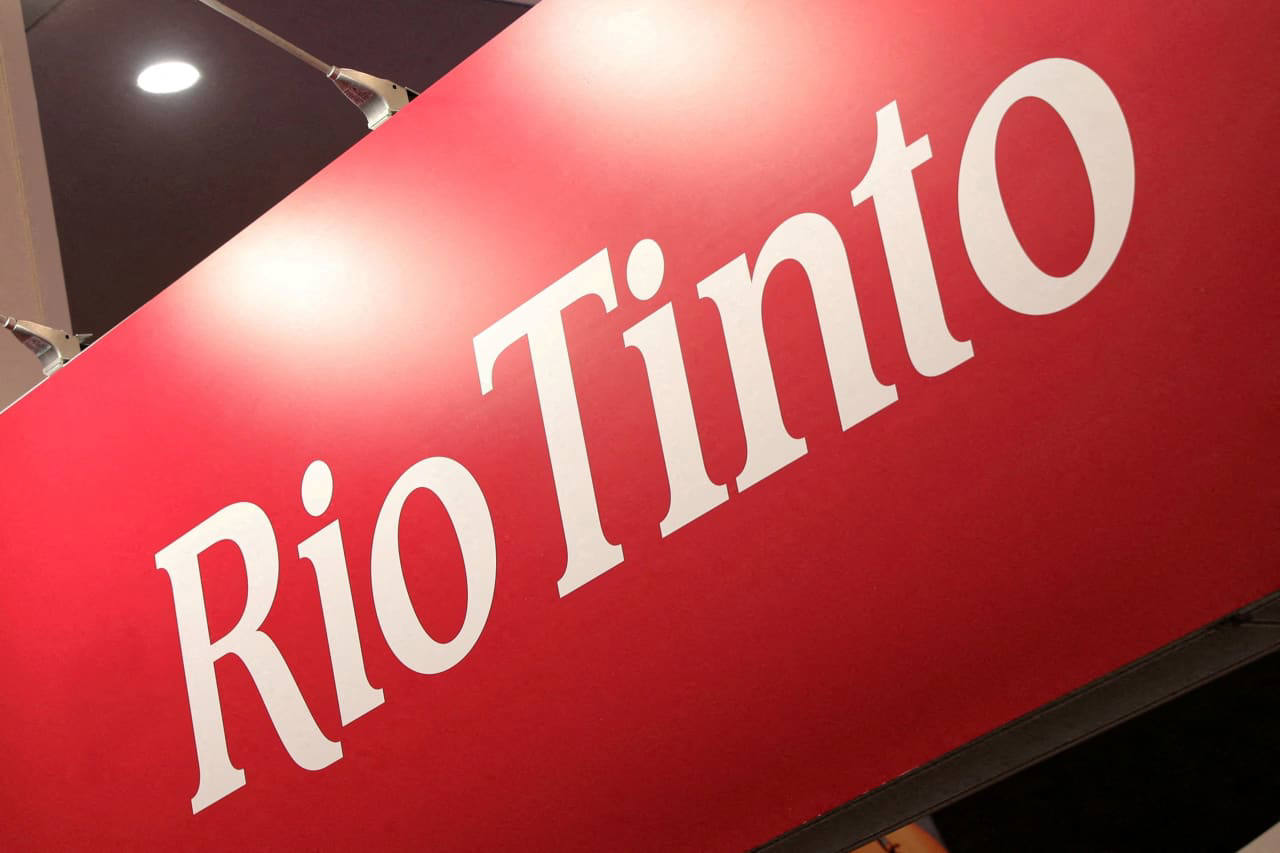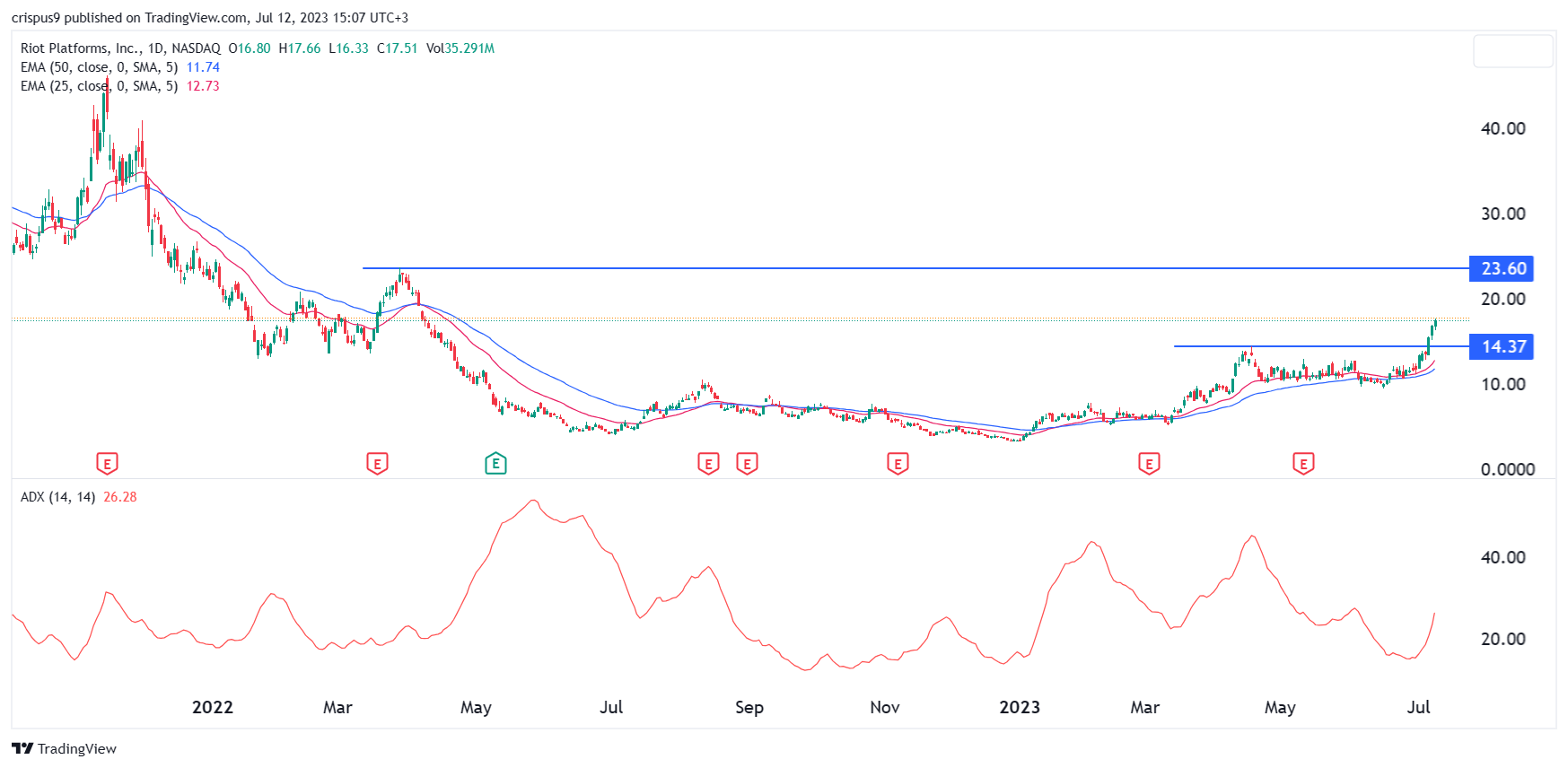Rio Tinto Defends Dual Listing Against Activist Pressure

Table of Contents
Rio Tinto's Justification for a Dual Listing
Rio Tinto's rationale for maintaining its dual listing centers on several key arguments: enhanced access to a broader investor base and improved corporate governance and transparency.
Access to Broader Investor Base: A dual listing provides Rio Tinto with access to a significantly wider range of investors. This diversification mitigates reliance on a single market and enhances liquidity.
- Increased trading volume: A dual listing typically leads to higher trading volumes, providing greater market depth and price discovery.
- Diversification of shareholder base: The company gains access to different pools of capital, reducing concentration risk and attracting a more geographically diverse shareholder base.
- Access to different investor demographics: The LSE attracts significant institutional investment, while the ASX has a larger retail investor base. This dual approach caters to different investor preferences and risk appetites.
This wider investor base translates into several benefits: improved capital raising capabilities, potentially higher valuations, and increased resilience to market fluctuations specific to a single region.
Enhanced Corporate Governance and Transparency: The dual listing structure subjects Rio Tinto to the regulatory frameworks of both the UK and Australia. This increased scrutiny, in theory, fosters enhanced corporate governance and transparency.
- Compliance with stricter regulations: Meeting the stringent regulatory demands of both exchanges arguably leads to higher standards of accounting, reporting, and corporate social responsibility (CSR).
- Increased scrutiny from multiple regulatory bodies: This additional oversight can potentially deter unethical behavior and improve accountability.
- Potential for improved corporate social responsibility reporting: The pressure to meet the higher standards expected from multiple regulatory bodies can lead to more comprehensive and transparent CSR reporting.
This improved governance and transparency can attract investors seeking companies with strong ethical standards and robust risk management practices, ultimately contributing to a more positive market perception and valuation.
Activist Investor Concerns and Arguments
Despite Rio Tinto's justifications, activist investors have voiced concerns about the efficiency and overall shareholder value of maintaining a dual listing.
Shareholder Value and Efficiency: Critics argue that the dual listing structure creates inefficiencies and may be detrimental to shareholder value.
- Increased administrative costs: Managing two separate listings involves higher administrative, legal, and compliance costs.
- Potential for conflicting regulatory requirements: Navigating the differing regulatory landscapes of the UK and Australia can create complexities and potential conflicts.
- Potential for lower overall efficiency: The dual structure might lead to slower decision-making processes and less streamlined operations.
These concerns directly relate to maximizing returns for shareholders; if the costs associated with the dual listing outweigh the benefits, then shareholder value is arguably diminished.
Simplified Corporate Structure for Enhanced Value: Activist investors often advocate for a simplified corporate structure, possibly through a single listing, to improve operational efficiency and unlock further shareholder value.
- Cost savings: Consolidating listings can lead to significant cost reductions in administrative expenses, compliance, and legal fees.
- Streamlined operations: A single listing simplifies operations, leading to more efficient resource allocation and faster decision-making.
- Clearer decision-making processes: A simplified structure can lead to clearer lines of authority and responsibility, improving decision-making efficiency.
The argument is that a more streamlined and efficient company, resulting from a simplified corporate structure, will be more attractive to investors, ultimately leading to higher valuation.
Rio Tinto's Response to Activist Pressure
Rio Tinto has actively defended its dual listing strategy and engaged with its shareholders to address their concerns.
Strategic Defense of the Dual Listing: Rio Tinto's official stance has consistently emphasized the benefits already discussed – improved access to a broader investor base and enhanced corporate governance.
- Highlight key statements made by Rio Tinto executives: Statements from Rio Tinto executives often reiterate the benefits of the dual listing structure, focusing on its positive impact on liquidity, market access, and investor relations.
- Include any specific financial or operational data used to support their argument: Rio Tinto likely provides data to demonstrate the financial benefits of their dual listing strategy, for example, demonstrating increased trading volume and access to a wider range of capital.
Engagement with Shareholders: Rio Tinto has engaged with activist investors through various channels to address their concerns.
- Shareholder meetings: The company likely holds shareholder meetings to discuss the dual listing structure and address investor questions and concerns.
- Direct communication: Rio Tinto may engage in direct communication with activist investors to provide information and address their specific concerns.
- Potential concessions or compromises: While unlikely to abandon the dual listing entirely, Rio Tinto may consider some concessions or compromises to appease activist investors, such as enhanced transparency initiatives or cost-cutting measures.
Analyzing Rio Tinto's communication strategy and the effectiveness of its engagement efforts is crucial to understanding the ongoing debate surrounding its dual listing.
Conclusion:
The debate surrounding Rio Tinto's dual listing highlights the complexities of corporate governance and shareholder activism in the global mining industry. While the company emphasizes the benefits of broader investor access and enhanced transparency, activist investors highlight concerns about efficiency and shareholder value. The long-term implications of this strategic decision remain to be seen. Further analysis is needed to fully understand the long-term impact of the dual listing strategy. Stay informed on the developments regarding Rio Tinto's dual listing and the evolving landscape of shareholder activism in the mining sector. Understanding the arguments for and against a dual listing is crucial for any investor in Rio Tinto or companies facing similar strategic decisions.

Featured Posts
-
 The Attitude Factor Sounesss Admiration For Lewis Skelly
May 03, 2025
The Attitude Factor Sounesss Admiration For Lewis Skelly
May 03, 2025 -
 Nigel Farage And The Future Of Reform Uk In Uk Politics
May 03, 2025
Nigel Farage And The Future Of Reform Uk In Uk Politics
May 03, 2025 -
 Understanding The Recent Decline In Riot Platforms Riot Stock
May 03, 2025
Understanding The Recent Decline In Riot Platforms Riot Stock
May 03, 2025 -
 Christina Aguileras New Photos Too Much Photoshop Fan Opinions Divided
May 03, 2025
Christina Aguileras New Photos Too Much Photoshop Fan Opinions Divided
May 03, 2025 -
 This Countrys Hidden Gems An Off The Beaten Path Adventure
May 03, 2025
This Countrys Hidden Gems An Off The Beaten Path Adventure
May 03, 2025
